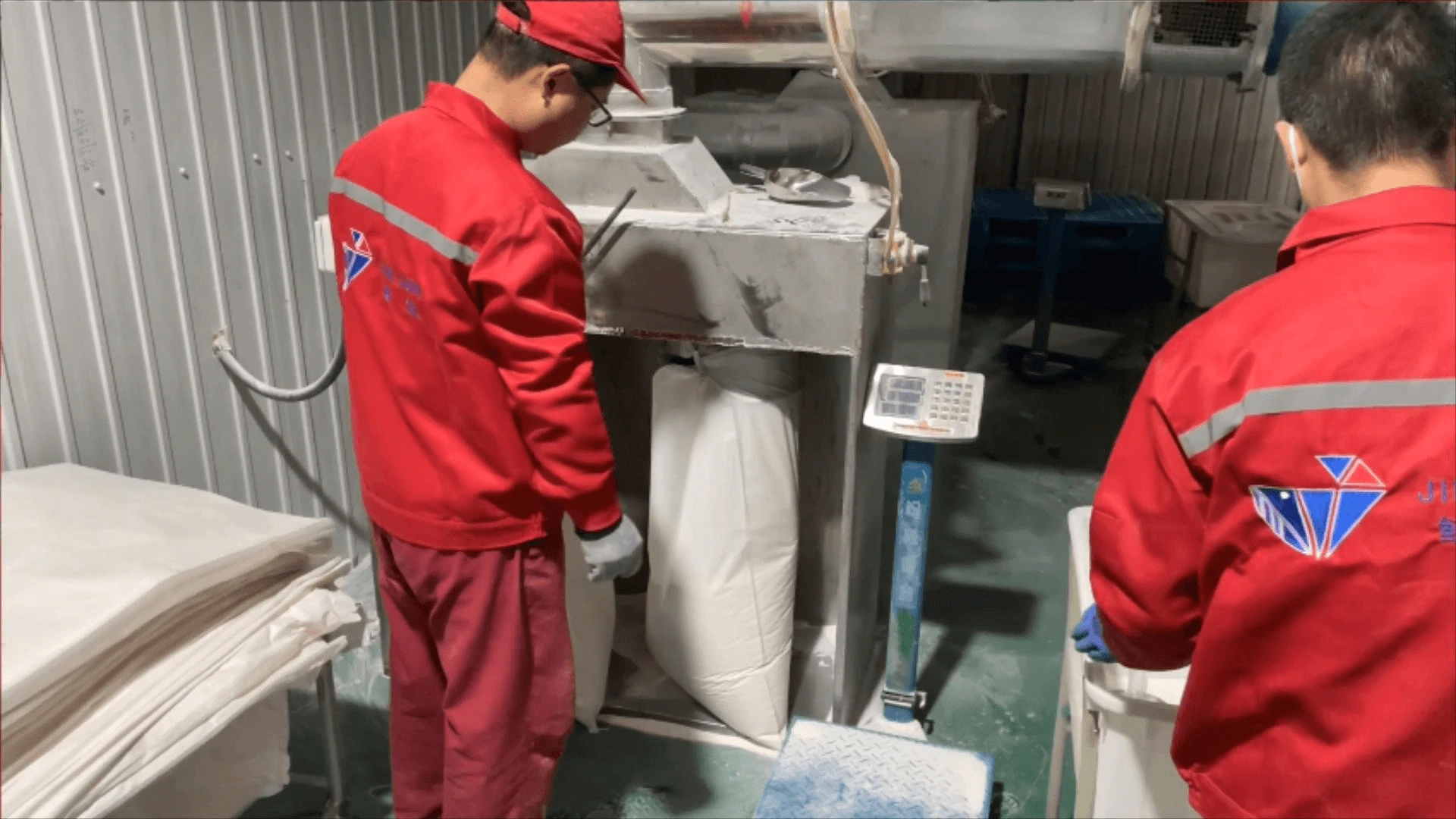
Dec . 03, 2024 17:41 Back to list
Chemical Composition and Molecular Structure Analysis of Hydroxypropyl Methylcellulose
Chemical Structure of Hydroxypropyl Methylcellulose (HPMC)
Hydroxypropyl Methylcellulose (HPMC) is a non-ionic, cellulose-based polymer commonly used in a variety of applications, particularly in the pharmaceutical and food industries. This compound, derived from natural cellulose, exhibits unique properties that make it suitable for diverse functions including thickening, emulsifying, and film-forming. Understanding the chemical structure of HPMC is essential for addressing its functionality and applications.
The fundamental building block of HPMC is cellulose, a linear macromolecule composed of repeating glucose units linked by β-1,4-glycosidic bonds. While cellulose itself is insoluble in water, the derivatization processes that create HPMC introduce hydroxypropyl and methyl groups to enhance the solubility and performance of the polymer.
Structure and Composition
The chemical structure of HPMC is characterized by the presence of hydroxyl (-OH) groups from cellulose, which are partially substituted by hydroxypropyl and methyl groups. Specifically, each anhydroglucose unit in the cellulose backbone can be modified in two ways
1. Methyl Substitution Methyl groups are introduced through methylation, typically using methyl chloride or dimethyl sulfate as reagents. The degree of substitution (DS) typically ranges from 1.5 to 2.0, indicating that approximately 1.5 to 2 hydroxyl groups on each glucose unit are substituted with methyl groups. This substitution enhances the hydrophobic character of the polymer, influencing its solubility.
2. Hydroxypropyl Substitution Hydroxypropyl groups are introduced via reaction with propylene oxide. The degree of hydroxypropyl substitution can vary, and greater substitution facilitates increased solubility in both hot and cold water. The presence of hydroxypropyl groups also increases the thermal stability and mechanical strength of the polymer.
The overall structural formula can be expressed as follows
\[ \text{C}_6\text{H}_{10}\text{O}_5\left(\text{C}_3\text{H}_7\text{O}\right)_{m}\left(\text{C}_1\text{H}_3\right)_{n} \]
In this formula, \(m\) and \(n\) refer to the number of hydroxypropyl and methyl groups introduced, respectively. The precise statistical distribution of these groups offers variations in the properties of HPMC, enabling its use in different formulations according to specific requirements.
chemical structure of hpmc

Properties Influenced by Chemical Structure
The modification of the cellulose backbone is crucial to the properties of HPMC. The degree of substitution affects
- Solubility HPMC exhibits excellent solubility in water, especially in heated conditions. Methyl and hydroxypropyl substituents influence its solubility profile, making it firmer or more gel-like depending on the degree of modification. - Viscosity The polymer's viscosity is also contingent on the chemical structure. Higher degrees of hydroxypropyl substitution typically result in higher viscosity solutions, making HPMC advantageous for thickening applications.
- Film Formation HPMC can form a cohesive film when dried, an essential property for coatings in pharmaceuticals and food applications. The balance of hydrophobic and hydrophilic characteristics imparts flexibility and strength to these films.
- Stability The introduction of hydroxypropyl groups contributes to thermal and mechanical stability, making HPMC viable for use in formulations that require enduring stability under various conditions.
Applications
Due to its favorable properties derived from its chemical structure, HPMC finds broad utility in diverse applications. In the pharmaceutical industry, it acts as a binder, disintegrant, and controlled-release agent in drug formulations. In the food industry, HPMC is employed as a thickening agent, stabilizer, and emulsifier, due to its capacity to enhance texture and maintain moisture.
In the construction sector, HPMC is used in mortars and cements to improve workability and water retention. The cosmetic industry also utilizes HPMC as a thickening agent in creams and lotions.
Conclusion
In summary, the chemical structure of Hydroxypropyl Methylcellulose (HPMC) significantly governs its functional properties and suitability for various applications. Its derivatization from cellulose results in a versatile polymer that balances hydrophobic and hydrophilic characteristics, making it a fundamental ingredient in many products across different industries. Understanding these structural intricacies provides insight into how HPMC can be effectively utilized, thus broadening its scope of application and enhancing product performance.
-
Versatile Hpmc Uses in Different Industries
NewsJun.19,2025
-
Redispersible Powder's Role in Enhancing Durability of Construction Products
NewsJun.19,2025
-
Hydroxyethyl Cellulose Applications Driving Green Industrial Processes
NewsJun.19,2025
-
Exploring Different Redispersible Polymer Powder
NewsJun.19,2025
-
Choosing the Right Mortar Bonding Agent
NewsJun.19,2025
-
Applications and Significance of China Hpmc in Modern Industries
NewsJun.19,2025







